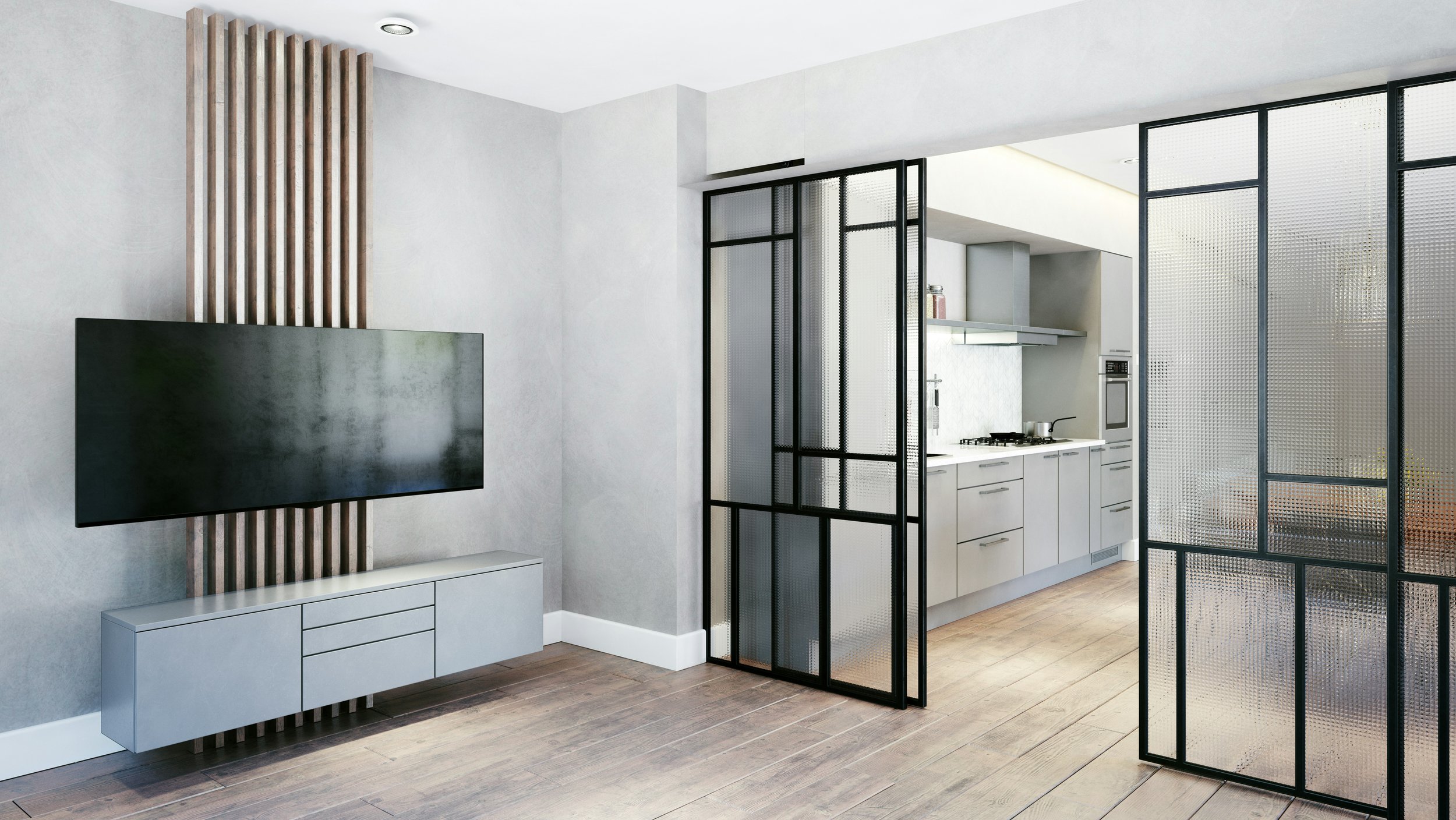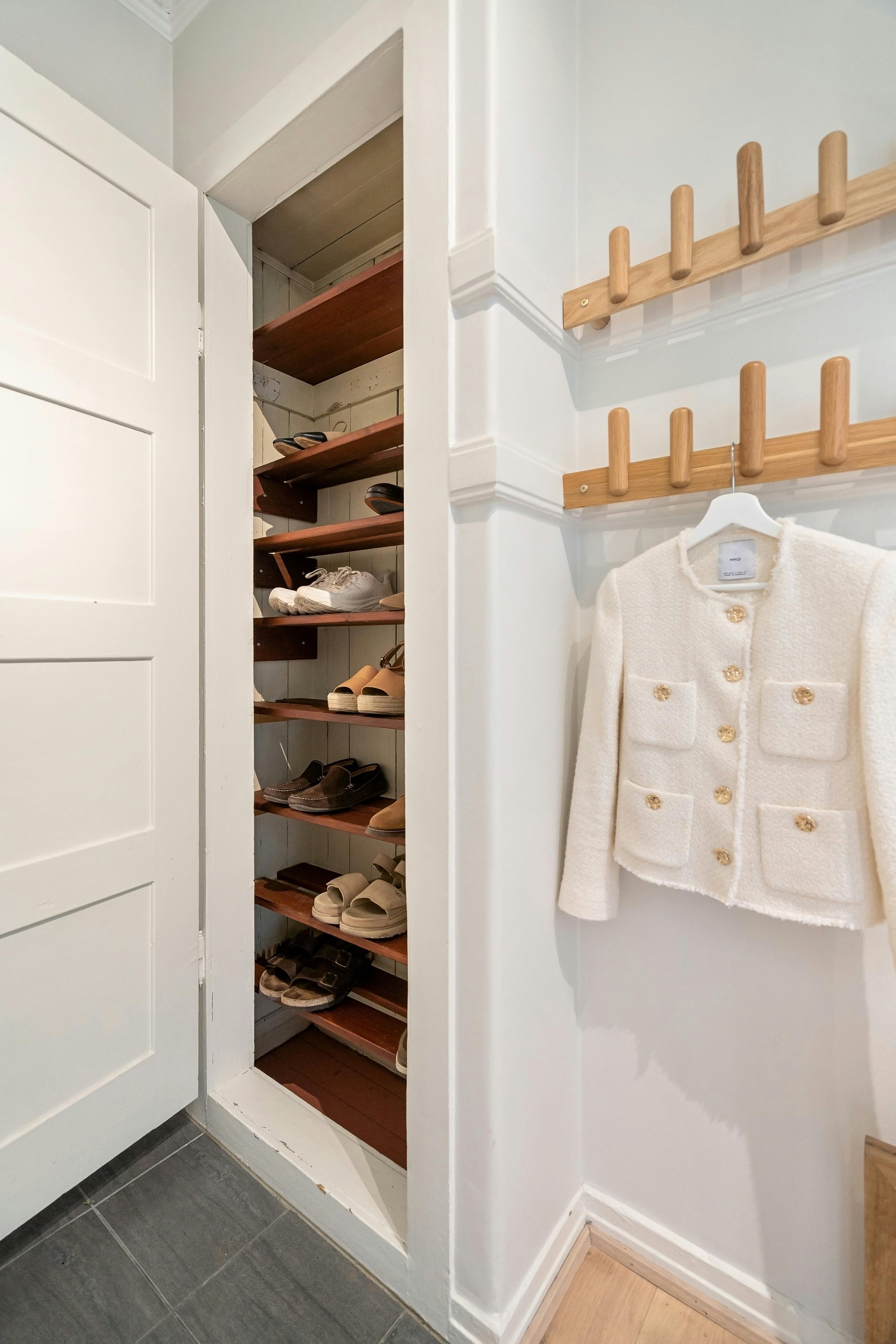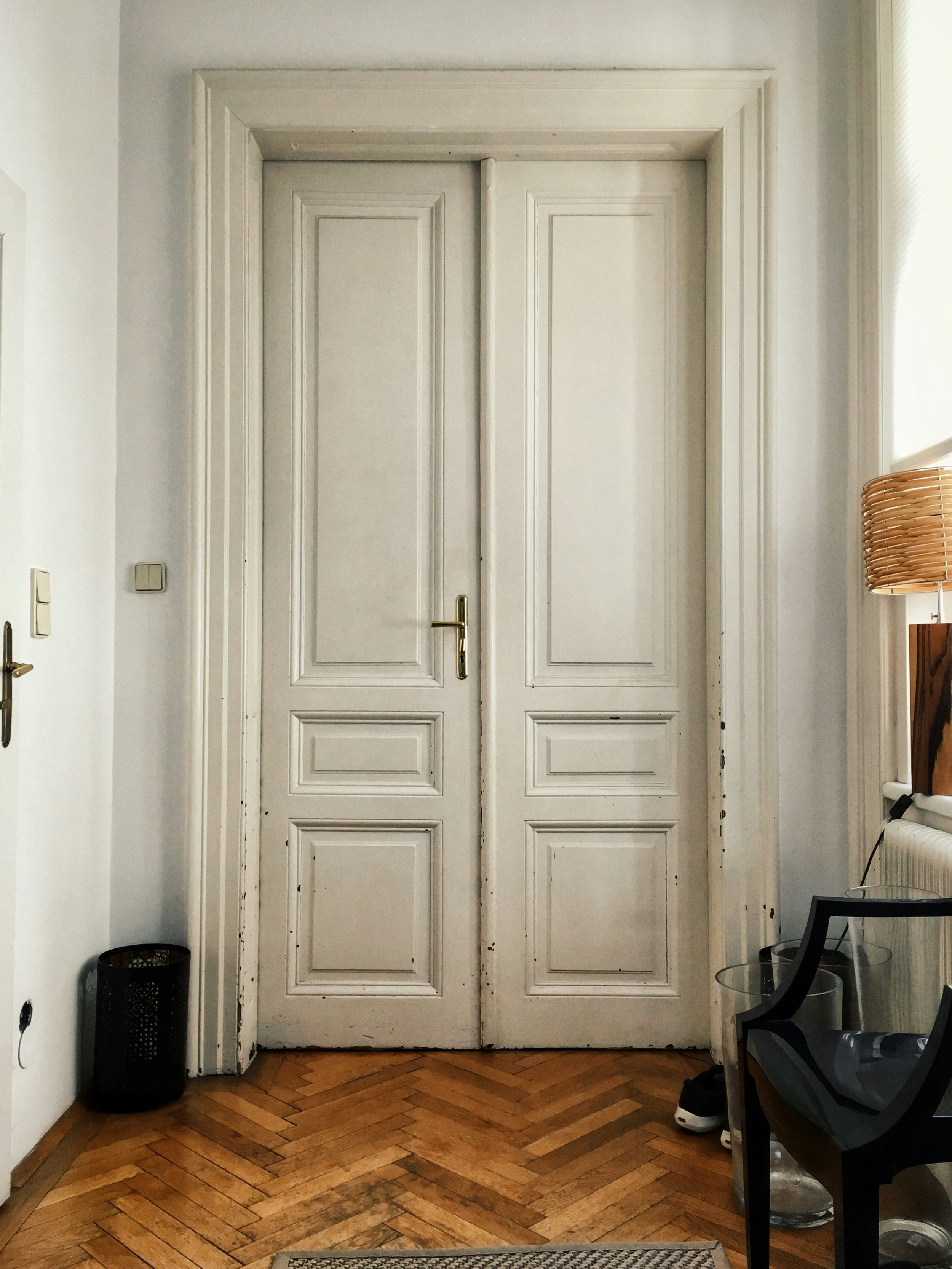How to Lock a Door Without a Lock: Easy Methods
Discover easy methods to lock a door without a traditional lock. This comprehensive guide covers creative solutions for added security, privacy, and peace of mind, no matter your situation.
We've all experienced that moment of panic when we realize we’ve locked ourselves out, or maybe you've found yourself in a situation where you need to secure a door but don’t have a traditional lock on hand. Whether it's a temporary fix while waiting for a locksmith or a solution for a door that just doesn’t have a lock, there are plenty of creative ways to secure your space.
In this guide on How to Lock a Door Without a Lock: Easy Methods, we’ll explore various techniques and tips for securing a door without needing a standard lock. From household items to clever tricks, we’ve got a range of options to help you feel safe and secure. So, let’s dive in and discover how you can lock that door!
Why You Might Need to Lock a Door Without a Lock
1. Temporary Solutions
Emergency Situations: If you've misplaced your keys or are dealing with a malfunctioning lock, having a backup method to secure your door is essential until the issue is resolved. Consider using a portable door lock or a security bar as temporary solutions. These tools can provide added security and peace of mind, ensuring your home remains protected while you arrange for a locksmith or find your keys.
2. Budget-Friendly Alternatives
Cost-Efficient: Sometimes, investing in a new lock isn’t feasible right away, making it important to find cost-efficient alternatives to enhance your security. Temporary solutions, such as portable door locks or security bars, offer affordable ways to bolster your home’s protection without breaking the bank. These methods can give you peace of mind until you’re ready to make a more permanent investment in your locking system.
3. Renters and Students
Lease Limitations: If you're renting or living in a dorm, lease limitations may prevent you from installing permanent locks. However, there are effective methods to enhance your security without making permanent changes. Options like portable locks, door wedges, or security bars can provide a sense of safety and peace of mind, allowing you to protect your space without violating your lease agreement or causing damage.
How to Lock a Door Without a Lock: Easy Methods
Method 1: Use a Chair or a Sturdy Object
One of the simplest and most effective methods to lock a door without a traditional lock is to use a sturdy object, such as a chair or a heavy piece of furniture. By wedging it against the door, you can create a makeshift barrier that prevents it from being opened. This solution is particularly useful in situations where you need temporary security and can be implemented quickly and easily.
1. Position a Chair
Place Against the Door: If the door swings inward, take a sturdy chair and wedge it under the doorknob or push it against the door. This will prevent it from being opened from the outside.
2. Use a Heavy Object
Add Extra Weight: For added security, place a heavy object, such as a suitcase or a small table, in front of the door to make it more difficult to push open. This additional weight acts as a barrier, providing extra protection against unauthorized entry. By combining this method with other temporary solutions, you can enhance your overall security until a more permanent fix is implemented.
Method 2: The Wedge Technique
A door wedge can be a lifesaver when you're in a pinch.
1. Create a Wedge
Use Everyday Items: If you don’t have a door wedge on hand, you can use a shoe, a rolled-up towel, or even a small piece of wood. The key is to have something that can create enough friction to hold the door in place.
2. Insert the Wedge
Secure the Door: To secure the door, slide your makeshift wedge under the door, ideally at the bottom. This positioning helps hold the door shut and makes it significantly harder for someone to push it open. Ensure the wedge is sturdy and well-placed to maximize its effectiveness, providing you with an added layer of security until a more permanent solution can be arranged.
Method 3: The Rope Trick
If you have access to a rope or a strong cord, this method can provide a surprising level of security.
1. Find a Strong Rope
Choose Wisely: Choose wisely when selecting a strong rope or cord to secure your door; it should be able to withstand pulling without snapping. Options like a shoelace or a length of twine can work in a pinch, providing a temporary solution. Ensure the material is durable enough to handle tension, helping to keep the door securely closed until you can implement a more permanent locking method.
2. Tie the Rope
Create a Loop: Create a loop at one end of the rope by tying a simple knot that is secure yet easy to untie later. This loop will allow you to fasten the rope around the door handle or any stable fixture, providing an effective means of securing the door temporarily. Ensure the knot is tight enough to hold, while still being manageable for future removal.
3. Secure the Door
Wrap Around the Doorknob: Close the door and wrap the rope around the doorknob. Next, pull the rope taut and wrap it around a sturdy fixture, like a bedpost or a heavy piece of furniture. Tie it securely to prevent the door from being opened.
Method 4: The Slide Bolt Method
If you have a sliding bolt or a similar device, you can use it creatively to secure your door.
1. Find a Sliding Bolt
Look Around: Look around your home for any sliding bolts or latches that can be easily installed to secure your door. If you don’t have these handy, a sturdy stick or even a broom handle can serve as a makeshift solution. By wedging the stick or broom handle in place, you can effectively block the door from opening, providing temporary security until a more permanent fix is available.
2. Position the Device
Place on the Doorframe: With the door closed, position the bolt or stick horizontally across the door, resting it against the doorframe.
3. Secure It in Place
Make It Tight: If you’re using a stick or broom handle for added security, press it tightly against the door and doorframe to prevent any movement. This snug fit will help block the door from being opened, effectively enhancing your security. Ensure that it’s secured firmly to withstand any attempts to force the door open, providing you with peace of mind.
Method 5: The Use of Duct Tape
Duct tape is a household hero and can help you secure your door in a pinch.
1. Gather Your Supplies
Grab Duct Tape: Grab a roll of duct tape, as this versatile tape can be used in numerous creative ways to enhance your security. From securing makeshift locks to reinforcing door frames, duct tape offers a temporary solution for various situations. Its strong adhesive properties make it a reliable choice for keeping items in place and providing peace of mind until a more permanent fix is available.
2. Tape the Door
Seal the Edges: Seal the edges by taping the door handle to the door frame while standing inside. This method helps secure the door and prevent it from being opened. Ensure you pull the tape tight to hold the door firmly in place, creating an effective barrier. This temporary solution can provide additional security until you can implement a more permanent locking mechanism.
Method 6: Temporary Door Barricade
If you want to go all out, a temporary barricade can provide a significant deterrent against intruders.
1. Gather Furniture
Use Heavy Items: Get creative with your furniture to secure the door by using a combination of heavy items. Position chairs, tables, or even a mattress against the door to create a formidable barrier. This approach not only adds an extra layer of protection but also utilizes available resources effectively, ensuring that your space remains secure until you can implement a more permanent solution.
2. Arrange Strategically
Block the Door: Block the door by positioning the furniture strategically against it to make it difficult to push open. Arrange heavier items, like tables and chairs, at the base to create a sturdy barrier. Ensure that the furniture is tightly wedged, maximizing stability and security. This temporary measure can provide peace of mind until you can address the locking issue more permanently.
Conclusion
Knowing how to lock a door without a lock can be a valuable skill in unexpected situations. In this guide on How to Lock a Door Without a Lock: Easy Methods, we've covered various techniques that can help secure your door using everyday items and creative solutions.
Remember, these methods are designed for temporary situations and should complement, not replace, traditional locking mechanisms. If you find yourself frequently needing to lock a door without a lock, consider investing in a more permanent solution.
So, the next time you need a little extra security, don’t fret! You’ve got a toolbox full of clever tricks to keep your space safe. Happy securing!
Frequently Asked Questions
1. Are these methods safe?
While these methods can provide temporary security, they should not replace a proper locking mechanism. Use them in conjunction with traditional locks whenever possible.
2. Can I use these methods on any door?
Most of these methods work best on inward-swinging doors. If you have an outward-swinging door, some adjustments may be needed.
3. How long can I use these temporary methods?
These methods are best for short-term solutions. They should not be relied upon for extended periods, especially in high-security situations.
4. What if I have kids or pets?
If you have young children or pets, ensure that any makeshift barriers are stable and won’t pose a tipping hazard.
5. Can I use these methods when I’m away from home?
It’s not recommended to rely on these methods when you’re away. Always use proper locks and security measures when leaving your home unattended.




















